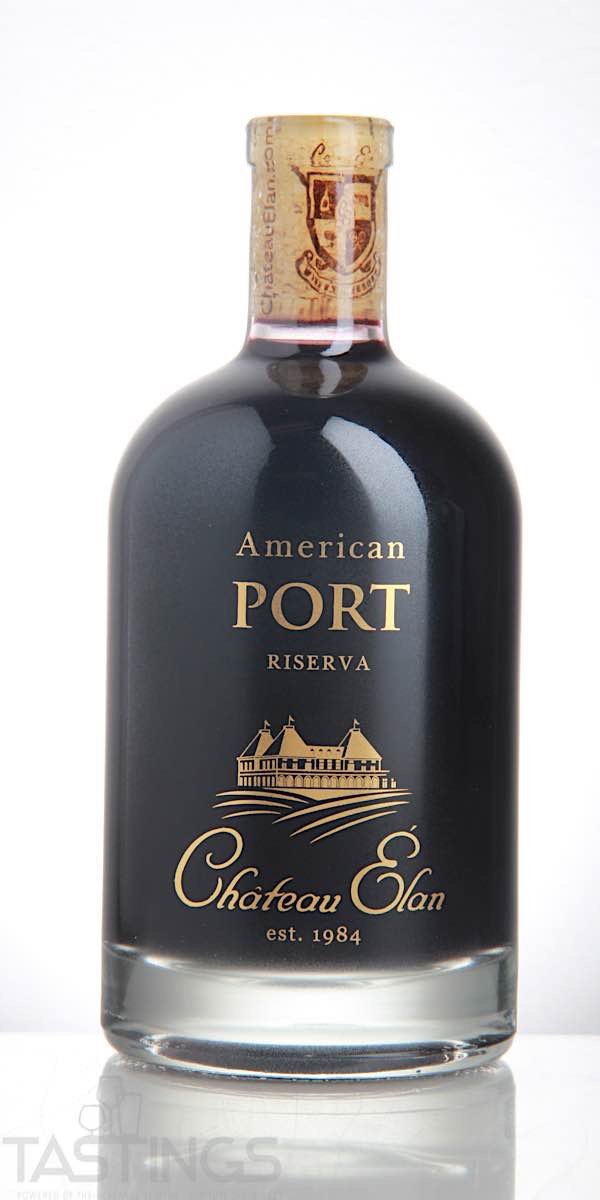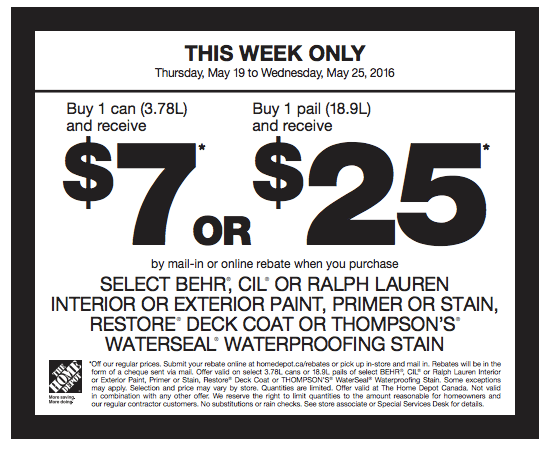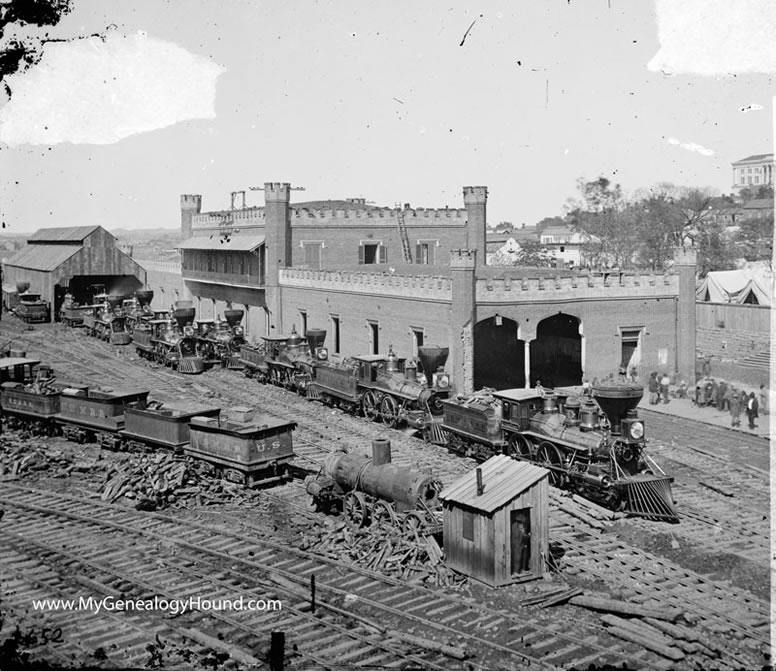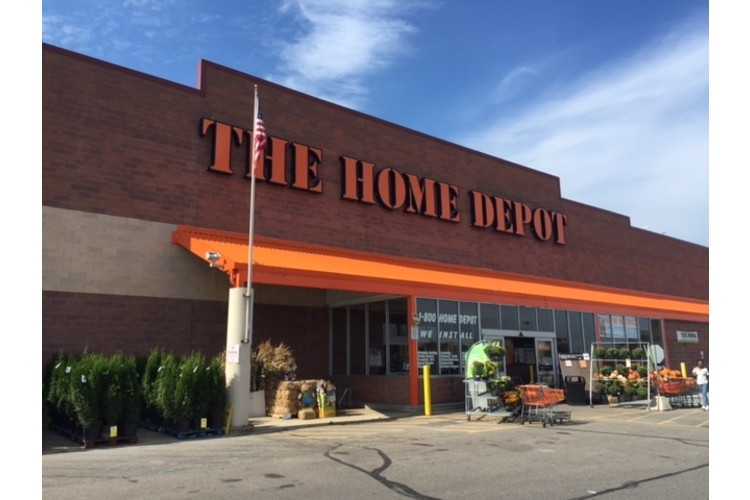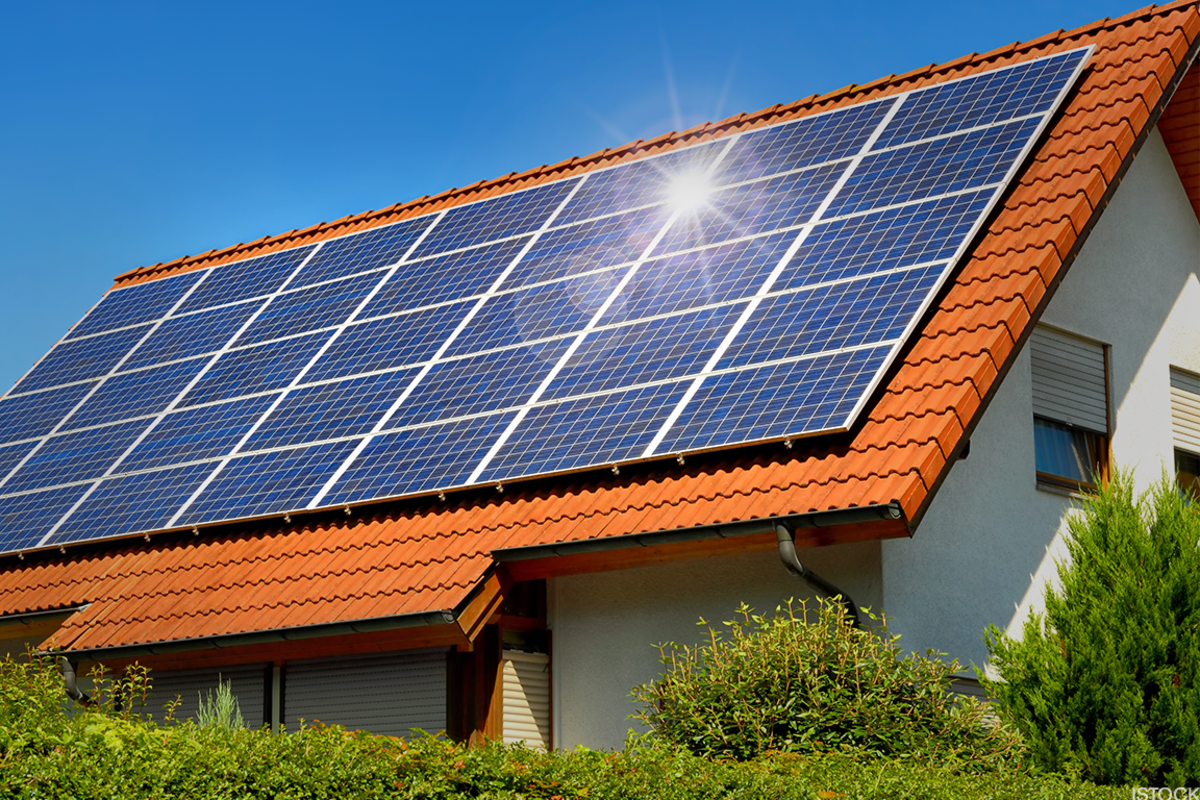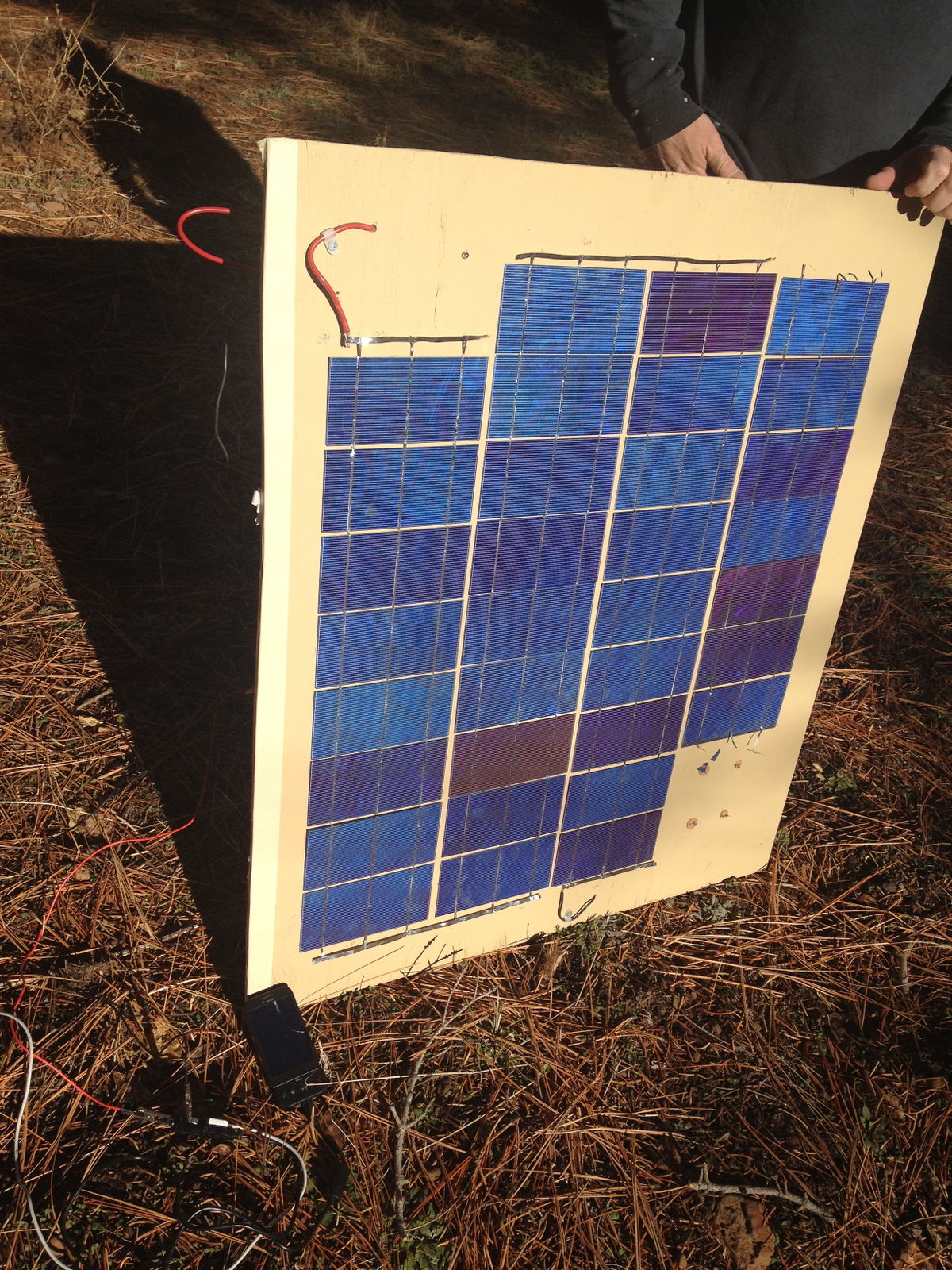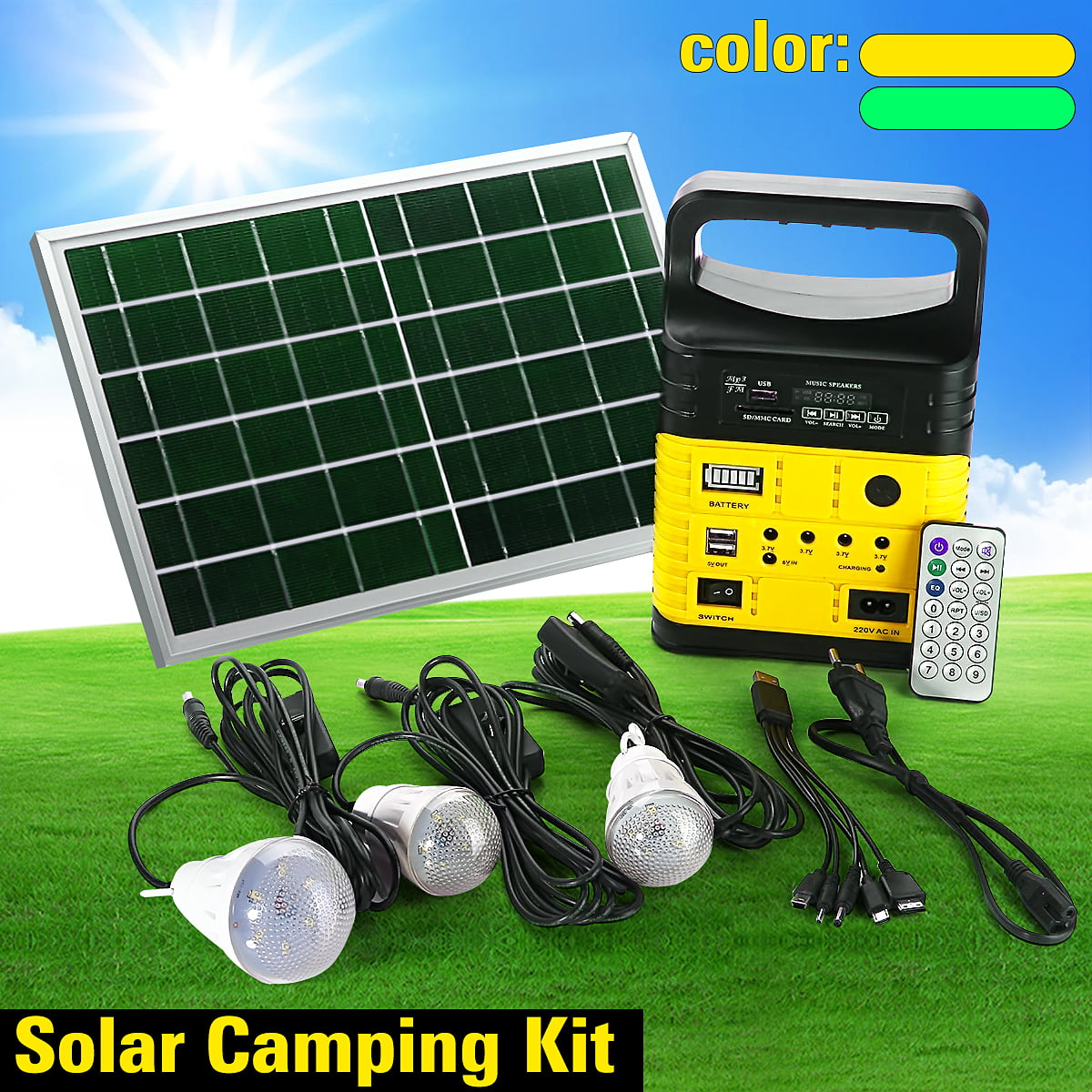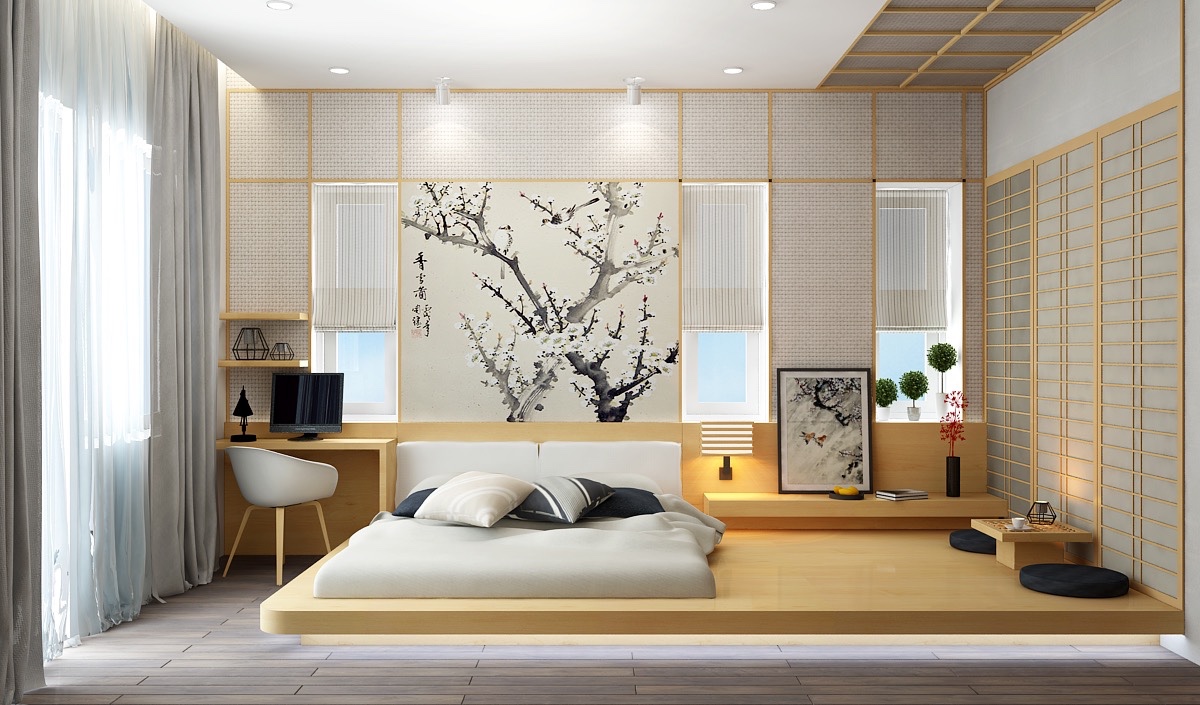Table of Content
If you find a long piece that is L shaped… this is your light valance…. It will need to be attached to your rack while assembling it… before you put the rack in place. If you find a long piece that is not molding but is somewhat 3 sided… this is your corner filler. (Only included if you have square corners.) This will need to be attached as you are putting your racks in place.

There are a couple of systems that will work going through the wall to the outdoors. If you intend to vent to the outdoors you must use a unit that is specifically designed for the extreme outdoor weather conditions. LED low wattage flex ribbon lighting is commonly used above any rack display rows. The “warm white” color looks the best in a residential wine cellar.
Finding a Contractor or Wine Rack Installer for your Wine Cellar Project
A trap door wine cellar is a good choice if you don’t have much room but want security. There are numerous Tuscan-style wineries, in addition to Tuscan wineries, and they are popular because they feel like they are located in Tuscany. A wine tasting room in a wine cellar can cost up to $200,000. In order to reach optimal temperatures and humidity levels while also saving money on energy bills, it is critical to completely seal the area. A roof and wall insulation project will cost between $3,000 and $15,000. Following that, the walls can be painted in plain colors or finished with a mix of wood, tile, stone, brick, or glass.
The interior wall and ceiling covering is determined by the decor theme of the cellar. Oftentimes green board is applied, then painted to match a color theme of the cellar. Also commonly used is redwood tongue and groove material applied to the walls and ceiling. This T&G 1x4 paneling is the same wood species as the racking material which makes for a very uniform look throughout the cellar. Granite or other stone can also be used as a wall covering material. NEVER use cedar due to its strong aroma; it will taint wine.
Wine Cellar Cooling Unit Brands
If you're not building a passive wine cellar you will need to buy a cooling unit for your space. Cooling units keep your wine cellars at the correct storage temperature and humidity (~55°F and 50-70% humidity). It is always our preference to have a double glazed, sealed glass installation. This not only gives you a higher insulation value in your cellar but also provides a better seal and barrier from the chill in the adjacent space. Single paned, frameless glass walls and doors have become very popular in everyday cellar construction. Years ago, we practically refused to build these types of wine rooms.
High humidity, 80% or more, may cause mold to form on the corks and bottles. Instructions are different for wall mounted racks, floor to ceiling mounted racks, and free standing racks. The type of screws to use will also depend upon the wall material that you are mounting the racks onto. A ductless split system has an evaporator coil that is placed on the wall or ceiling, depending on the style that works for your cellar, inside the cellar. It is connected via 2 copper lines to the compressor that can sit either in another large room inside the home or outdoors. If your room is large enough, you can also use a hanging light or track lighting.
Step 4: Rough-in Refrigeration for Air Handler
Both are resistant to rot in the cool, damp cellar environment. Clients usually choose one over the other due to matching decor colors in the cellar design. Wine racking can also be found in other materials such as wire lattice. You can choose to use modular wine racking to build a semi-custom racking system, or we can help you to design and build a fully custom wine rack design. Wine stores will want to use commercial wine racks for the best storage and display for sales. Learn more about wine rack materials and construction in our education center.

We aim to personally provide a memorable experience when you shop with us by offering quality products with top rated customer service. Closed cell foam insulation more impermeable to water, vapor, and air accumulating on the walls of your wine cellar, where it can then turn into condensation. You must install insulation and a vapor barrier in your cellar to prevent moisture leaks. The wine racks that you choose will all depend on your personal style. Metal wine racks are a modern design and are often used in commercial and retail wine cellars. A wine refrigeration system is an important part of a wine cellar.
Painting in small, enclosed spaces increase your risk of exposure to harmful fumes. Be sure to open any nearby doors and windows and leave the air conditioning or a portable fan running to promote ventilation. Lightweight gypsum board, or “green board,” can perform the same function as drywall or sheetrock, but with even greater moisture-resistant properties. Once you’ve got your insulation in place, all that’s left to do is hang drywall to complete the basic structure of the room. Score your sheets to the right dimensions with a utility knife, then fasten them to the joists every 12 inches using drywall screws.
Passive and active wine cellars are both examples of this. When using passive systems, natural climate control ensures that the wine is kept at a cool, humid temperature. You must use outside assistance to control the climate in active systems.
Please watch this guide for ideas on how to build your wine cellar. Create frames by installing furring strips made from pressure-treated lumber. This type of wood prevents rotting and damage to your frames. Generally, the basement is the best place for a cellar since it’s a cooler and more humid space than other rooms in a house. A spare room will do if your home doesn’t have a basement. Some wine connoisseurs purchase vintage wines at a lower price and store them in their cellars.
Root cellar walls range in size from 10 square feet to 30 square feet. The cost of building your own root cellar varies greatly depending on the size, but it should range from $3,000 to $30,000. The equipment you rent or hire professionals to construct in-ground root cellars should be factored into your budget.
These racks typically cost $500 to $3,000, and they can be installed wherever you want. If you want to serve red wines without refrigeration, use these. Your delicate and expensive bottles of wine deserve a safe and secured storage space.
A door that is LVL constructed is the best when looking for a wood door. When using recessed lighting it is important to use “air lock recessed can lights. Check to be sure they are IC rated so that the vapor barrier and insulation can be wrapped around the can. The wood from the wine barrels which has previously held a liquid, has expanded and contracted during its former use.
Create a cooling system
Remember that you can never over-insulate or over-seal your wine cellar. This article is a brief guide; additional information is available in the Wine Storage Education Center. Wine Cellar HQ provides competitive prices on wine cellar cooling units, wine coolers, and wine accessories.

